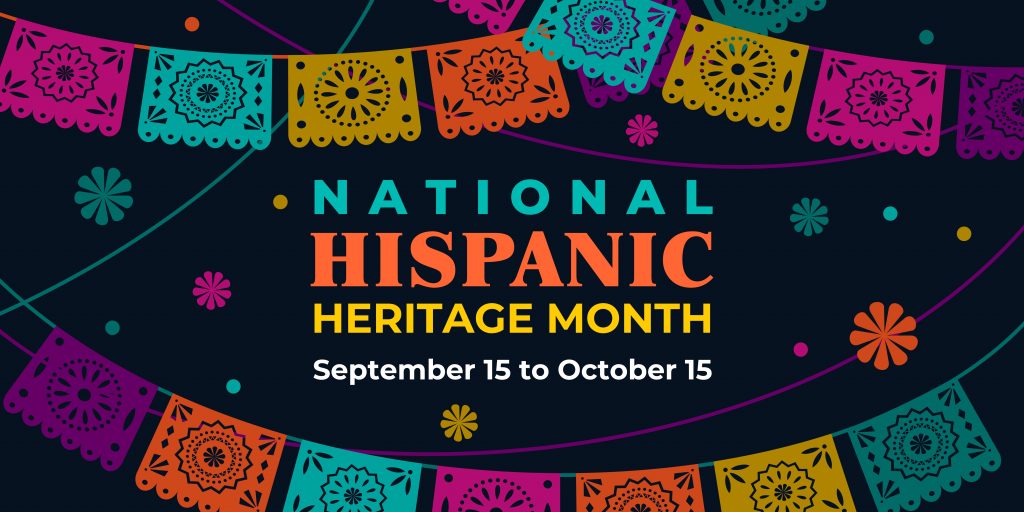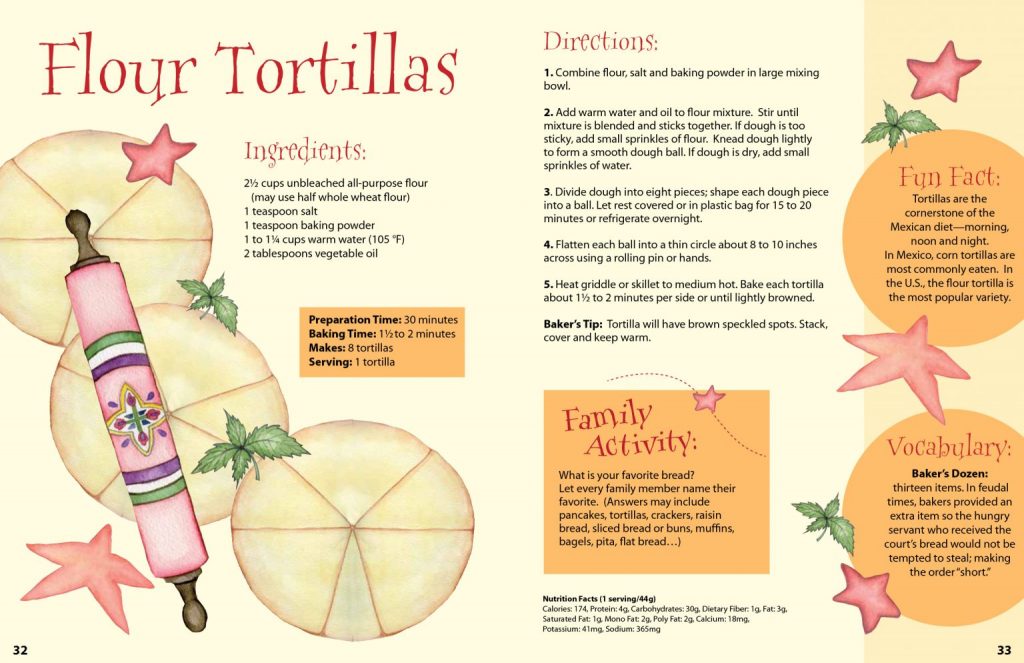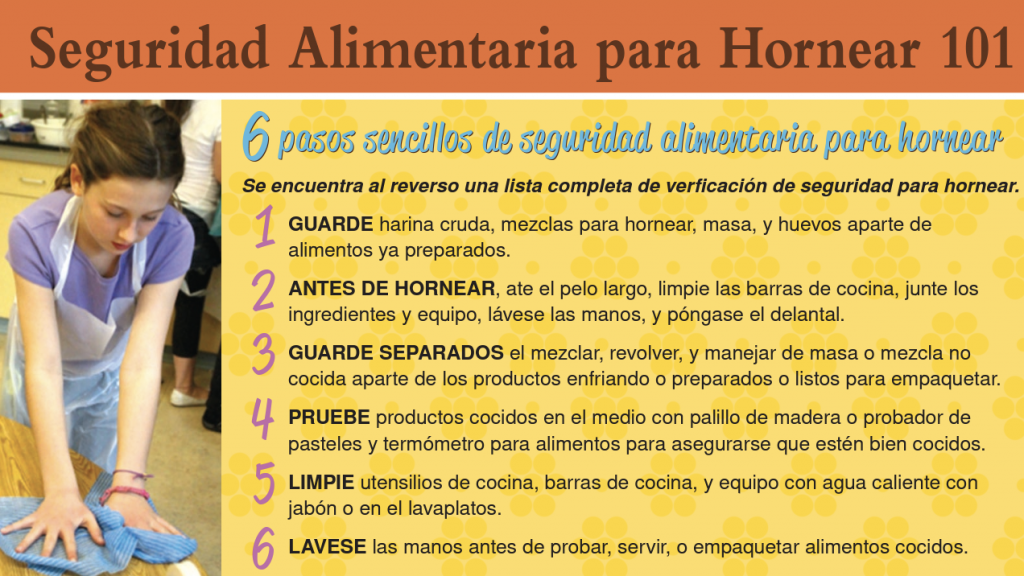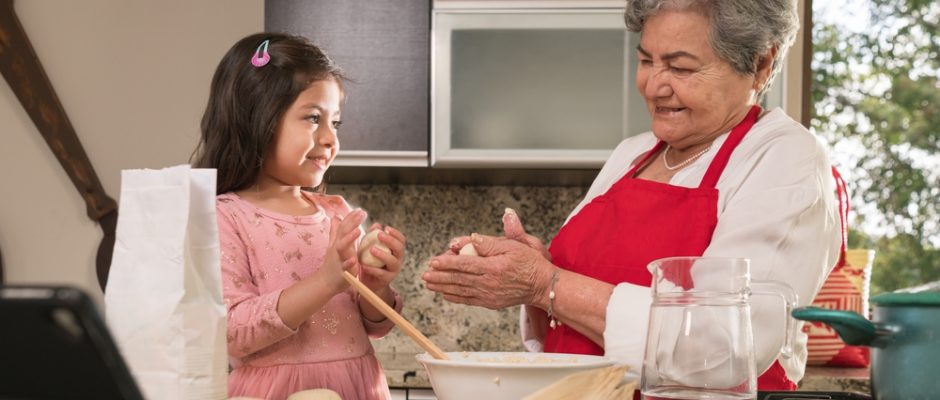Hispanic Heritage Month, observed from September 15th to October 15th, provides educators with a valuable opportunity to celebrate the rich culture, traditions, and contributions of Hispanic and Latin communities. It’s a time to foster understanding, appreciation, and unity among students of all backgrounds. Let’s explore how educators can use baking to engage children during this important cultural celebration.

One of the most exciting aspects of Hispanic Heritage Month is the opportunity to explore the diverse culinary traditions that span from Latin America to Spain. From the savory dishes of Mexico to the sweet treats of the Caribbean, students can discover the flavors and techniques that make these cuisines so special. Incorporating the preparation and enjoyment of international dishes employs a hands-on approach to learning about these traditions and can spark a lifelong interest in learning about other cultures.
Choose recipes that originate from different Hispanic and Latin countries. For example, students can explore the flavors of tres leches cake or the famous Pan de Muerte from Mexico, empanadas from Argentina, or flan from Spain. Make shopping for ingredients an experience. Each baking session can be an opportunity to delve into the cultural significance of these dishes, the ingredients, and the variations in different regions.

Traditional foods such as quesadillas can seldom be traced to a specific year or person of origin. Most often, food historians find foods like the quesadilla evolved over many, many years.
What is a Quesadilla? A quesadilla is traditionally made from round, unleavened quick bread called tortillas, which are made from corn or flour. In four easy steps, you can make a tasty quesadilla anyone would enjoy.
Hispanic Heritage Month provides an excellent opportunity to integrate language and communication skills into the classroom. Incorporate bilingual recipe cards or instructions, encouraging students to read and follow along in both English and Spanish. This not only supports language development but also celebrates the linguistic diversity of Hispanic cultures.

Access Spanish language baking resources at HomeBaking.org
Through baking, students gain a deeper appreciation for the traditions and customs of Hispanic and Latin communities. They learn that food is not just nourishment but also a reflection of history, geography, and cultural identity. This understanding can help break down stereotypes and promote a multicultural society. So, grab your aprons and let the baking adventures begin as you embark on a journey to discover the rich flavors and traditions of Hispanic and Latin cultures with your students.




Comments are closed.